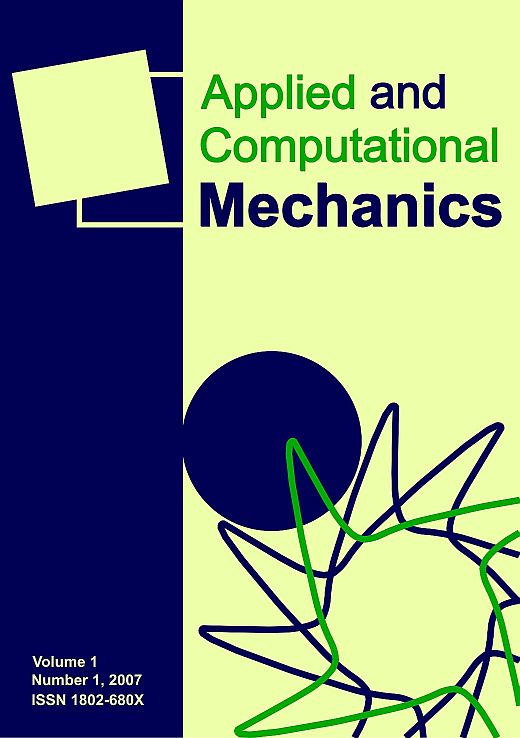A computational method for determination of a frequency response characteristic of flexibly supported rigid rotors attenuated by short magnetorheological squeeze film dampers
Keywords:
rotors, magnetorheological dampers, steady state response, collocation methodAbstract
Lateral vibration of rotors can be significantly reduced by inserting the damping elements between the shaft and the casing. The theoretical analysis, confirmed by computational simulations, shows that to achieve the optimum compromise between attenuation of the oscillation amplitude and magnitude of the forces transmitted through the coupling elements between the rotor and the stationary part, the damping effect must be controllable. For this purpose, the squeeze film dampers lubricated by magnetorheological fluid can be applied. The damping effect is controlled by the change of intensity of the magnetic field in the lubricating film. This article presents a procedure developed for investigation of the steady state response of rigid rotors coupled with the casing by flexible elements and short magnetorheological dampers. Their lateral vibration is governed by nonlinear (due to the damping forces) equations of motion. The steady state solution is obtained by application of a collocation method, which arrives at solving a set of nonlinear algebraic equations. The pressure distribution in the oil film is described by a Reynolds equation modified for the case of short dampers and Bingham fluid. Components of the damping force are calculated by integration of the pressure distribution around the circumference and along the length of the damper. The developed procedure makes possible to determine the steady state response of rotors excited by their unbalance, to determine magnitude of the forces transmitted through the coupling elements in the supports into the stationary part and is intended for proposing the control of the damping effect to achieve optimum performance of the dampers.Downloads
Published
30-Jun-2011
Issue
Section
Articles
License
Copyright (c) 2016 Applied and Computational Mechanics

This work is licensed under a Creative Commons Attribution 4.0 International License.
How to Cite
“A computational method for determination of a frequency response characteristic of flexibly supported rigid rotors attenuated by short magnetorheological squeeze film dampers” (2011) Applied and Computational Mechanics, 5(1). Available at: https://acm.kme.zcu.cz//article/view/112 (Accessed: 31 July 2025).







